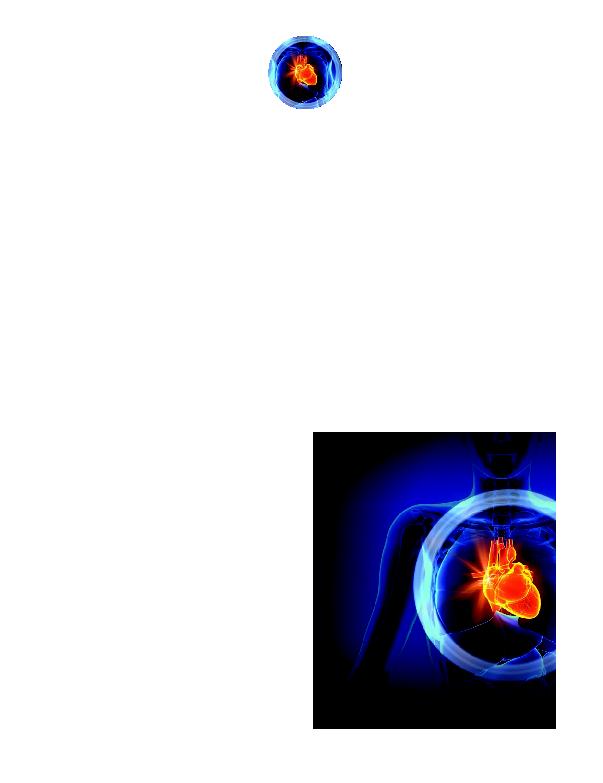
care doctor about the fatigue that had
been plaguing her for weeks, she never
dire enough to put her in the emergency room.
and he said, `Brenda, you need to go to the hospital; your
pulse is 120!'" Rossi recalls.
and other cardiopulmonary issues had taken. Rossi was
experiencing congestive heart failure related to valvular
heart disease, her pacemaker was failing, and the aortic valve
replacement she had received approximately 15 years earlier
Robert Wood Johnson University Hospital (RWJUH),
which specializes in cases such as hers. Additional tests and
examinations confirmed that Rossi needed another aortic
longer viable, nor were some of the more traditional access
routes for transcatheter aortic valve replacement (TAVR),
says Leonard Y. Lee, MD '92, professor and interim chair,
Department of Surgery; James W. Mackenzie, MD,
Endowed Chair in Surgery; and chief, division of cardio-
rest of the body, becomes extremely tight, forcing the heart
to pump harder and resulting in some blood going backward
through the heart, Dr. Lee explains. Without surgical treat-
about two to five years after symptoms present, he says.
nology--is performed by making a small incision into an
artery, then feeding a catheter with a tiny balloon at the end
of the tip through the artery to the aortic valve. The balloon
formed while the heart is still beating and provides an option
for individuals who could not otherwise tolerate surgery.
gery but also due to the inability to use some of the
traditional TAVR access points (such as the femoral
son in the United States to undergo a transcarotid valve-in-
valve TAVR procedure--that is, the insertion of a new
acts as the anchor for the TAVR valve, Dr. Lee explains.
medicine and associate director, division of cardiovascular
diseases and hypertension, Robert Wood Johnson Medical
School, and director of the Structural Heart Program at
RWJUH, who has been involved with the technique from
its earliest days. Since November 2011, when the U.S. Food
often present very late in the disease
asymptomatic for years, says
Dr. Lee. Eventually, however,
the tightness will get to a
point where symptoms
begin to manifest. Those
symptoms include:
with exertion
with exertion
syncope--nearly passing out
as a consequence of not enough
blood getting through to the brain